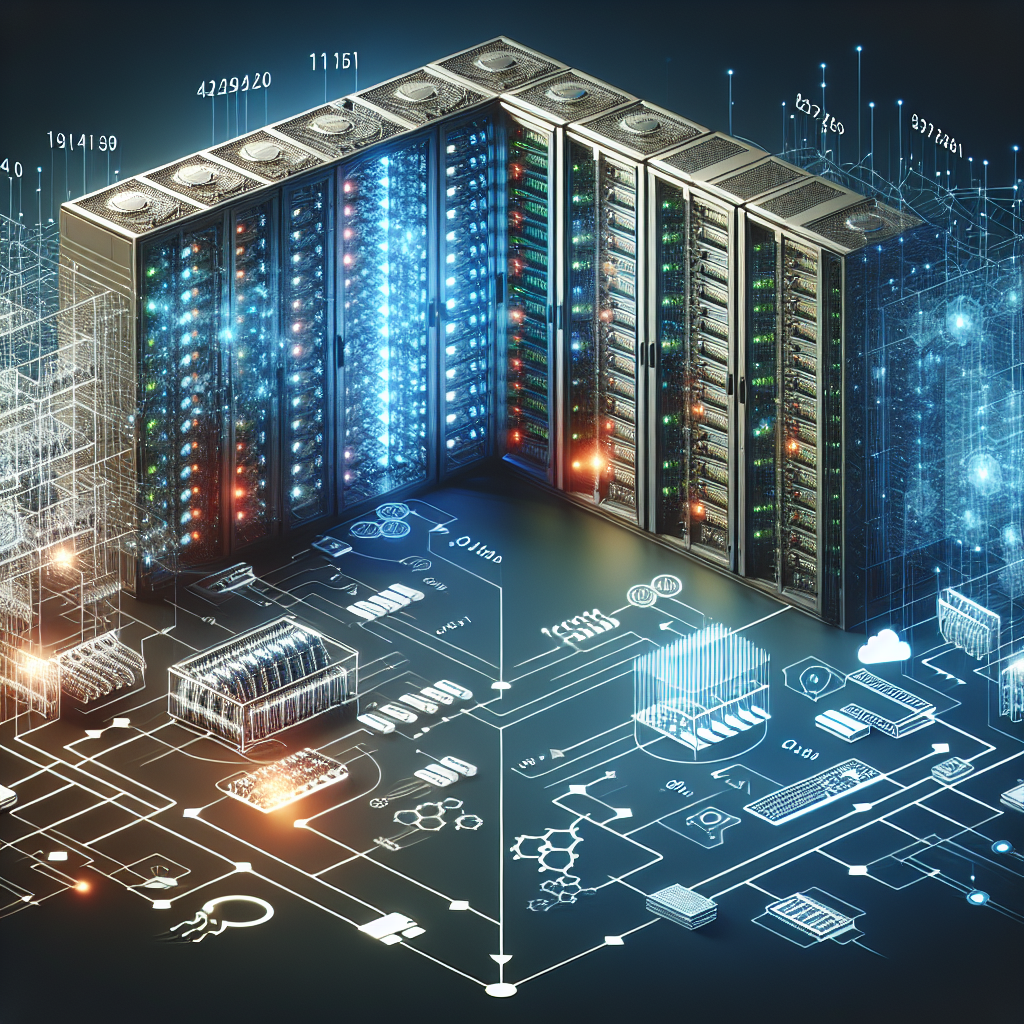Data center networking has evolved significantly over the past few decades, driven by the increasing demand for higher performance, scalability, and efficiency in data processing and storage. With the exponential growth of data generated by businesses, organizations, and individuals, data centers have become a critical component of modern IT infrastructure.
One of the key trends in data center networking is the shift towards software-defined networking (SDN) and network function virtualization (NFV). SDN allows for greater flexibility and programmability in managing network resources, while NFV enables the virtualization of network functions, such as firewalls, load balancers, and routers, leading to cost savings and improved agility.
Another important trend is the adoption of cloud-based networking solutions, which offer scalability, cost-effectiveness, and ease of management. Cloud providers like Amazon Web Services, Microsoft Azure, and Google Cloud Platform are increasingly offering networking services that allow organizations to connect their data centers to the cloud seamlessly.
The rise of edge computing is also influencing data center networking trends. Edge computing involves processing data closer to the source, reducing latency and improving performance for applications that require real-time data processing. This trend is driving the need for distributed data centers and networking infrastructure that can support edge computing workloads.
In terms of technologies, data center networking has seen advancements in high-speed Ethernet and fiber optic networking, allowing for faster data transmission rates and greater bandwidth capacity. Technologies like 100 Gigabit Ethernet, 400 Gigabit Ethernet, and emerging standards like 800 Gigabit Ethernet are enabling data centers to keep up with the increasing demands of data-intensive applications.
Network automation and orchestration are also playing a crucial role in the evolution of data center networking. By automating routine network management tasks and enabling the centralized control of network resources, organizations can improve efficiency, reduce human errors, and adapt to changing workload requirements more quickly.
Overall, the evolution of data center networking is driven by the need for increased performance, scalability, and efficiency in managing and processing data. As technology continues to advance, data center networking will continue to evolve to meet the demands of the digital economy. Organizations that embrace these trends and technologies will be well-positioned to succeed in the rapidly changing landscape of data center networking.


Leave a Reply